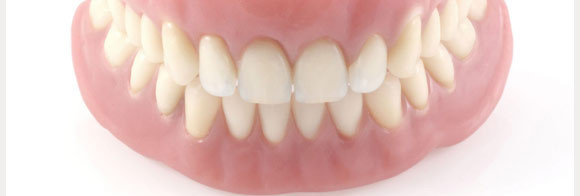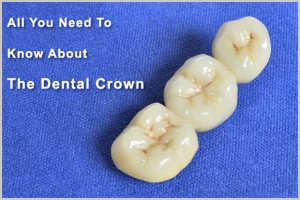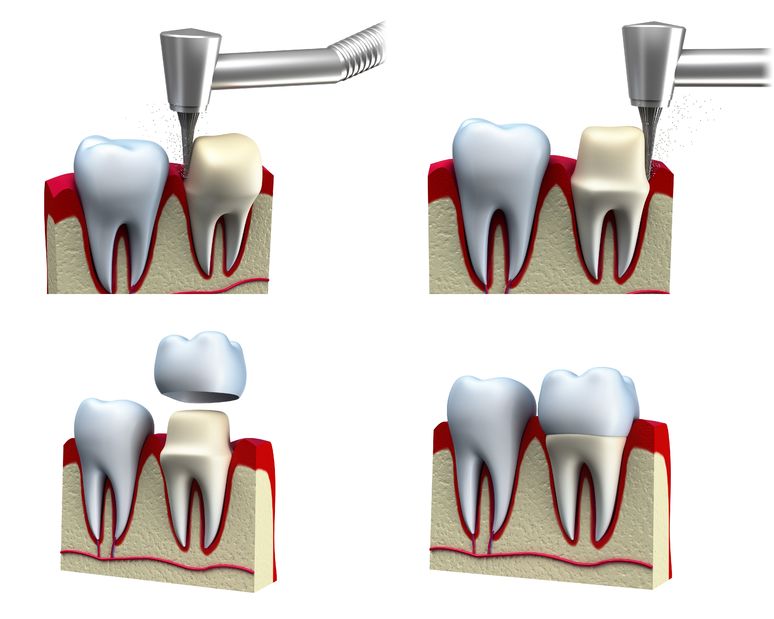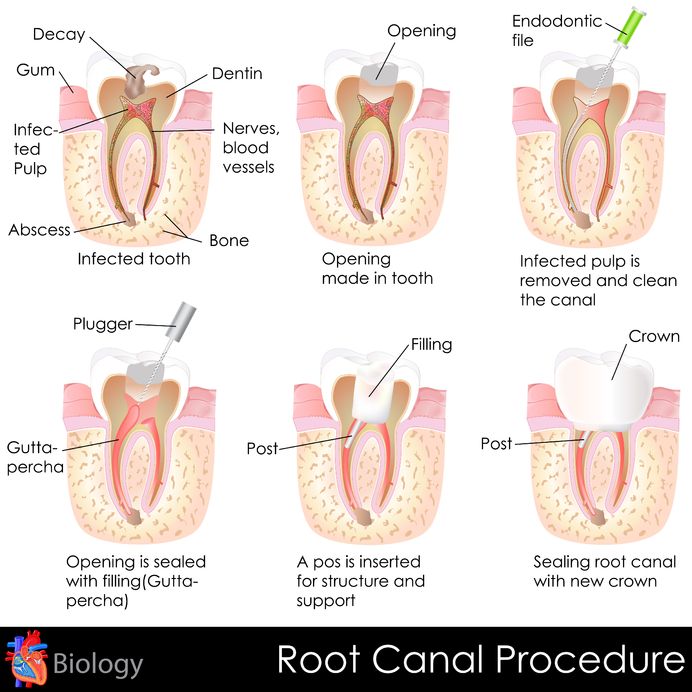What Is Zoom Whitening For Teeth?
What is zoom whitening for your teeth, and what are the facts that go along with it? Well there are many options for teeth whitening and there are advantages and disadvantages to each. Zoom whitening is a process of bleaching teeth (Teeth Whitening | Bleaching) that is used throughout the United States and other countries for lightening discoloration of enamel and dentin. There are many causes for staining teeth (Dental Care | 7 Basic Things You Should Do) including drinking coffee, tea, soda, red wine as well as cigarettes, cigars and even smokeless tobaccos.
The zoom whitening system is an in office system of teeth whitening (Teeth Whitening | Lifelong Teeth Whitening Tricks) that utilizes a 25% hydrogen peroxide gel combined with Zoom’s LED light.
First the gums and cheeks are covered for protection against the gel touching the soft tissue. Once the gel is applied to the teeth surfaces, the zoom light helps to accelerate the bleaching process. When the hydrogen peroxide is broken down, the oxygen enters the enamel (Understanding the Connection Between Sugar) and dentin of the tooth to bleach the stains leaving the tooth structures unchanged.
Zoom Whitening Process
The process of applying the hydrogen peroxide (Hydrogen peroxide Wiki page) gel continues for three times at intervals of 15 minutes each. Individuals with strong gag reflex or anxiety may have difficulty undergoing the process. Some may experience sensitivity during the treatment. This procedure is not recommended for children under 13 years old or for pregnant and lactating women. A regular teeth cleaning (Healthy Gums and Teeth) is highly recommended prior to the zoom whitening. It removes the tarter (Bad Breath Fight | Following Tips To Reduce The Bad Breath) as well as stains to give better results. Most people have no or very little teeth sensitivity for the next day or so however there have been cases that the individual complain of severe pain that lasted a day or so. These cases are very rare and the sensitivity is temporarily and will not last. It is very difficult to predict how white the teeth would end up. In most cases the teeth color will improve greatly however there are cases that the result were not as one expected to be. In these cases take home bleaching is recommended to follow after the zoom whitening to provide the maximum result.
For more questions about zoom whitening or if you want to schedule your teeth whitening appointment please contact our office.
- 12340 Santa Monica Blvd. Suite 241 West Los Angeles, CA 90025
- (310)820-7010













 If the tooth is crack as a result of a hit to the face, rinse your mouth with warm water to clean any dirt or blood from mouth. Place cold compress on the face to reduce swelling. You need to see your
If the tooth is crack as a result of a hit to the face, rinse your mouth with warm water to clean any dirt or blood from mouth. Place cold compress on the face to reduce swelling. You need to see your 


